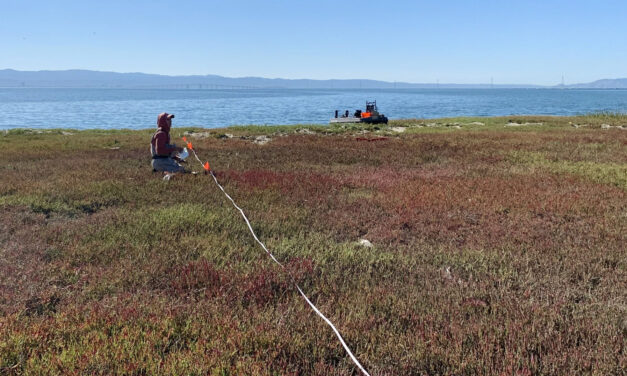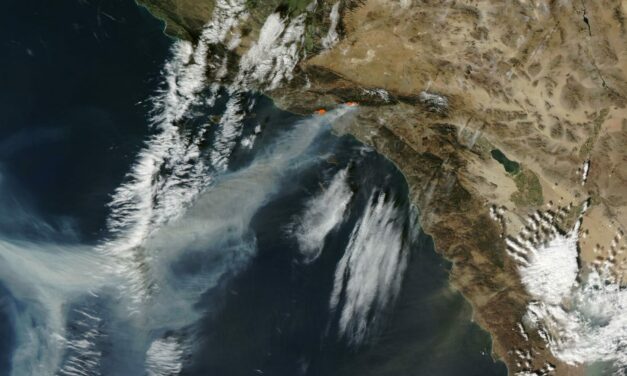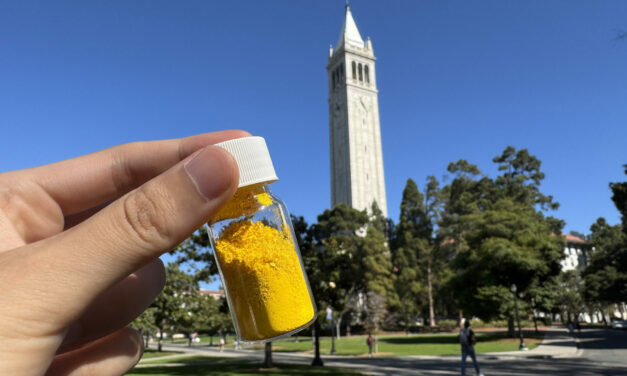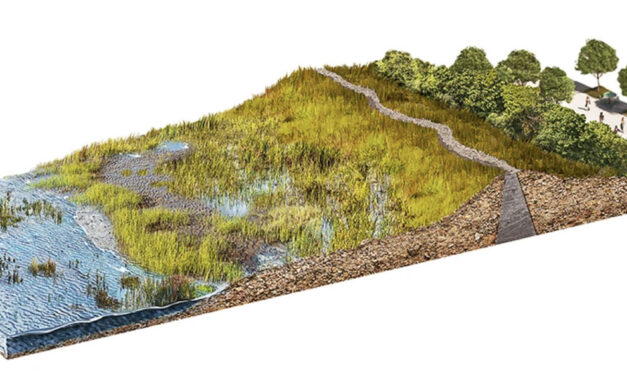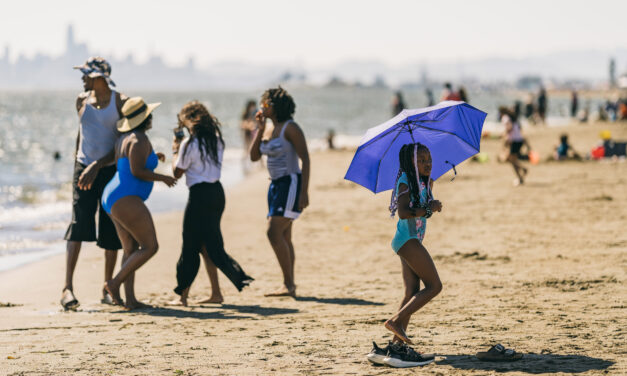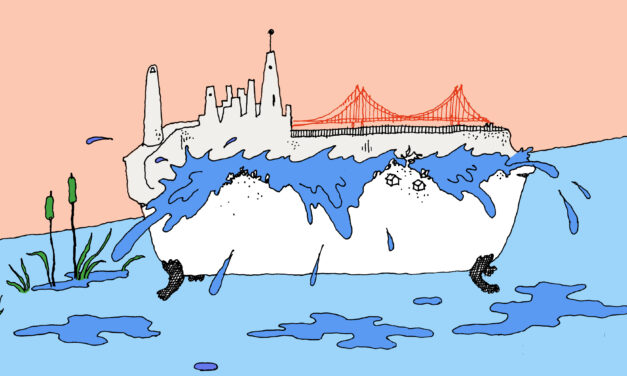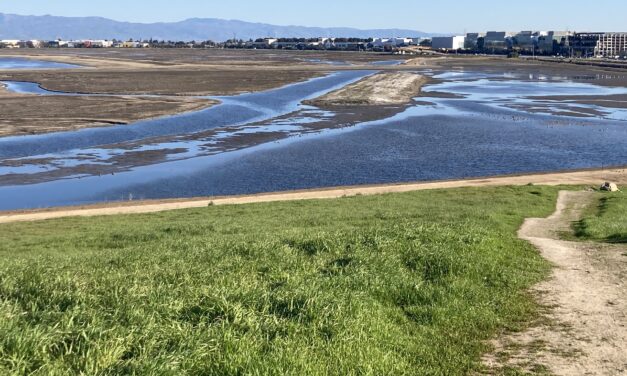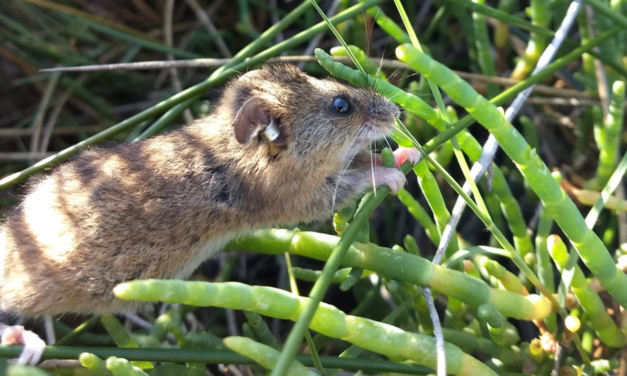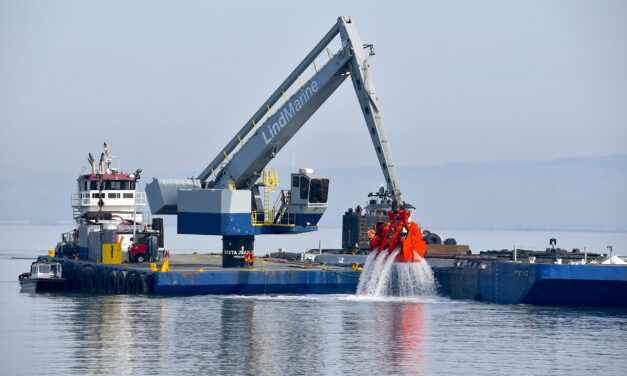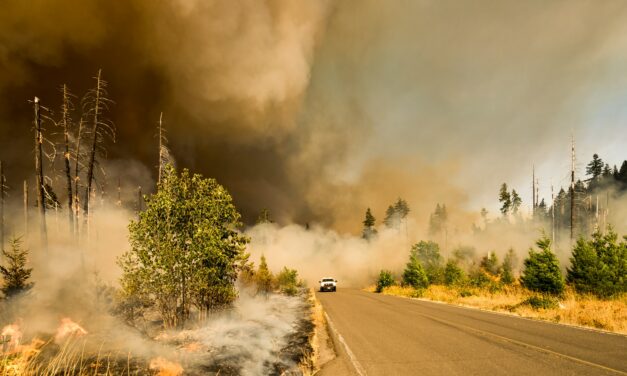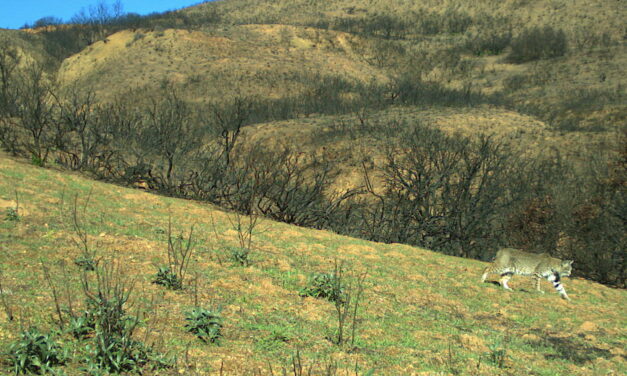Tag: Science
Boxes of Mud Could Tell a Hopeful Sediment Story
Scientists are testing whether dredged sediment placed in nearby shallows can help our wetlands keep pace with rising seas. Tiny tracers may reveal the answer.
What Exactly Is a “Supercharged Wind Event?”
In headlines about wildfire, a new supervillain emerges: wind. In January, it became the LA fire’s manic henchman. But what, exactly, is a “supercharged wind event”?
UC Berkeley’s Brilliant Breakthrough in Carbon Capture
Researchers have developed COF-999, a new material that absorbs CO₂ directly from the air without rapidly degrading — a game-changer for carbon capture.

All Stories
New Metrics on Hybrid Gray-Green Levees
UC Santa Cruz research project investigates how horizontal “living levees” can cut flood risk.
Boxes of Mud Could Tell a Hopeful Sediment Story
Scientists are testing whether dredged sediment placed in nearby shallows can help our wetlands keep pace with rising seas. Tiny tracers may reveal the answer.
What Exactly Is a “Supercharged Wind Event?”
In headlines about wildfire, a new supervillain emerges: wind. In January, it became the LA fire’s manic henchman. But what, exactly, is a “supercharged wind event”?
UC Berkeley’s Brilliant Breakthrough in Carbon Capture
Researchers have developed COF-999, a new material that absorbs CO₂ directly from the air without rapidly degrading — a game-changer for carbon capture.
Don’t Count on Kelp to Buffer the Coast
Before breaking on the coast, California waves may pass through kelp forests, but whether this softens coastal erosion like other “blue infrastructure” is difficult to pin down.
When Hot Gets Hotter
Recent research from UC Berkeley’s David Romps explores how extreme heat and humidity push the body to its physiological limits.
Knock-On Flood Threat Gets 4-Inch Reality Check
Contrary to now popular hearsay, building a seawall won’t necessarily flood your unprotected neighbors along the bayshore.
Marshes Could Save Bay Area Half a Billion Dollars in Floods
UCSC scientist Rae Taylor-Burns has assigned marsh restoration projects a dollar value in terms of human assets protected from climate change driven flooding.
Marsh Mice Come in Two Flavors
Scientists discover why the Bay Area’s two populations of endangered salt marsh harvest mice differ, and it’s partly due to sea level change.
Corps Experiments with Sediment Feed from Shallows
Can tides and waves move sediment placed in the shallows onto wetlands? The Army Corps is experimenting with how to do it.
Fast-Forward Fire
A new study, published last month in Nature, calculates that climate change has increased the risk of fast-spreading fires by 25% on average.
Wildlife Rolls With Wildfire
Imagine a Mad Max-style wasteland, ravaged by wildfire, but populated by frolicking woodland fauna. That’s what Kendall Calhoun was surprised to see just months after one of California’s biggest megafires.







